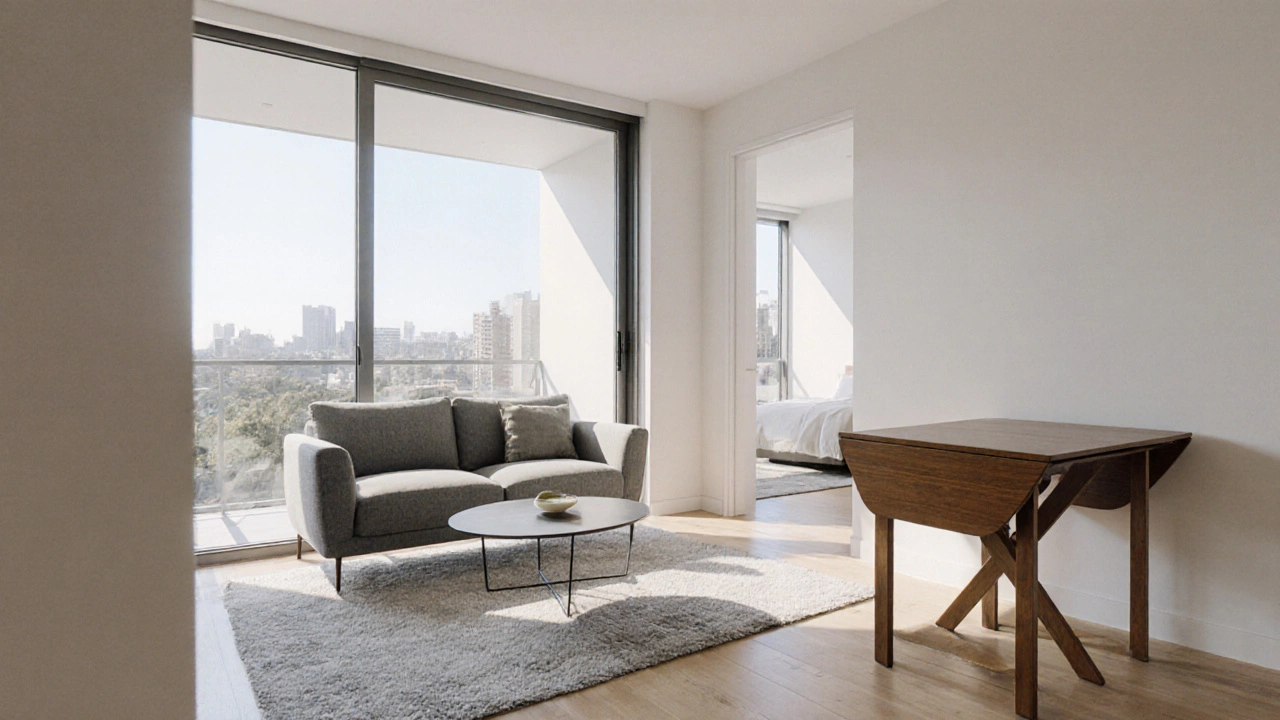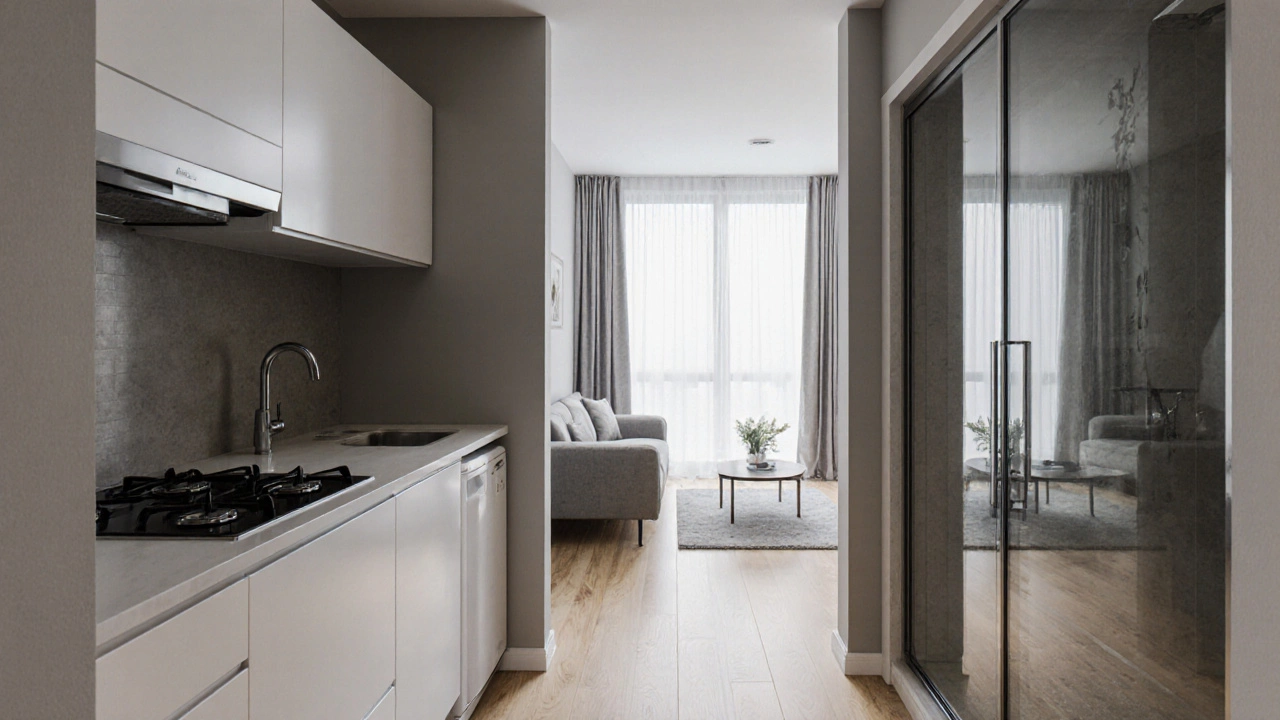Small Apartment Layout: Make the Most of Every Square Foot
When working with small apartment layout, the arrangement of rooms, furniture, and storage in a limited‑size home. Also known as compact living plan, it helps residents maximize comfort and functionality within tight spaces. In a city where rent climbs daily, a clever layout can be the difference between feeling cramped and feeling cozy. Below we’ll break down the core ideas that turn a modest floor area into a livable, stylish space.
Space optimization, the process of arranging elements to use every inch efficiently is the engine behind any good small apartment layout. It requires thinking about flow, storage, and multipurpose zones before you even pick a couch. For example, a wall‑mounted desk doubles as a breakfast bar, while a folding screen can separate a sleeping nook without adding permanent walls. Small apartment layout design also leans on light and color: light‑colored walls reflect natural light, making rooms feel larger, and mirrors placed strategically can double perceived space.
Key Principles for a Functional Small Apartment Layout
Apartment floor plan, the blueprint that shows room dimensions and circulation paths sets the stage for all other decisions. A rectangular or open‑plan floor plan usually offers more flexibility than a maze of corridors. When you map out the floor plan, identify the three zones most people need: sleeping, cooking, and living. Once those zones are clear, you can start layering in storage solutions that blend into the architecture—like built‑in shelves that run the length of a wall or under‑bed drawers that hide away out‑of‑sight items.
Another essential rule is to choose furniture that serves at least two purposes. A sofa bed provides seating by day and a sleeping surface by night; an ottoman with hidden compartments stores blankets and books; a kitchen island with a fold‑down extension works as both prep space and a dining nook. This approach follows the semantic triple: Effective space optimization requires multifunctional furniture. By selecting pieces that adapt, you keep the floor clear and the room feeling airy.
Compact living also influences how you think about vertical space. Tall bookshelves, hanging pot racks, and ceiling‑mounted bike racks draw the eye upward, freeing the floor for movement. The triple Compact living influences apartment floor plan design choices is evident when you see loft‑style apartments where the bedroom sits above a living area, separated only by a railing. This vertical split lets you enjoy separate zones without sacrificing square footage.
Finally, don’t forget the power of personal touches that make a small space feel like home. A patterned rug can define a living area, while a few well‑chosen art pieces add personality without crowding the walls. Plants bring in freshness and can serve as natural dividers. By blending practical layout strategies with aesthetic details, you get a cohesive environment that feels both functional and inviting.
Now that you’ve got the fundamentals—space optimization, smart floor planning, multifunctional furniture, and vertical storage—you’re ready to explore the specific articles below. They dive deeper into each tactic, from detailed room‑by‑room guides to budgeting tips for compact living. Keep reading to discover actionable ideas you can start applying today.
What Does 600sqft Look Like in a 2BHK Apartment?
by Arjun Mehta Oct 16 2025 0 ApartmentsExplore how a 600sqft 2BHK apartment is laid out, see furniture tips, space‑saving tricks, and Melbourne market insights to help you visualise and choose the right size.
READ MOREWhat a 400sqft Apartment Looks Like - Layout, Design & Living Tips
by Arjun Mehta Oct 8 2025 0 ApartmentsExplore what a 400sqft apartment looks like, from floor‑plan layouts and furniture hacks to costs, pros, and design tips for compact urban living.
READ MORE
